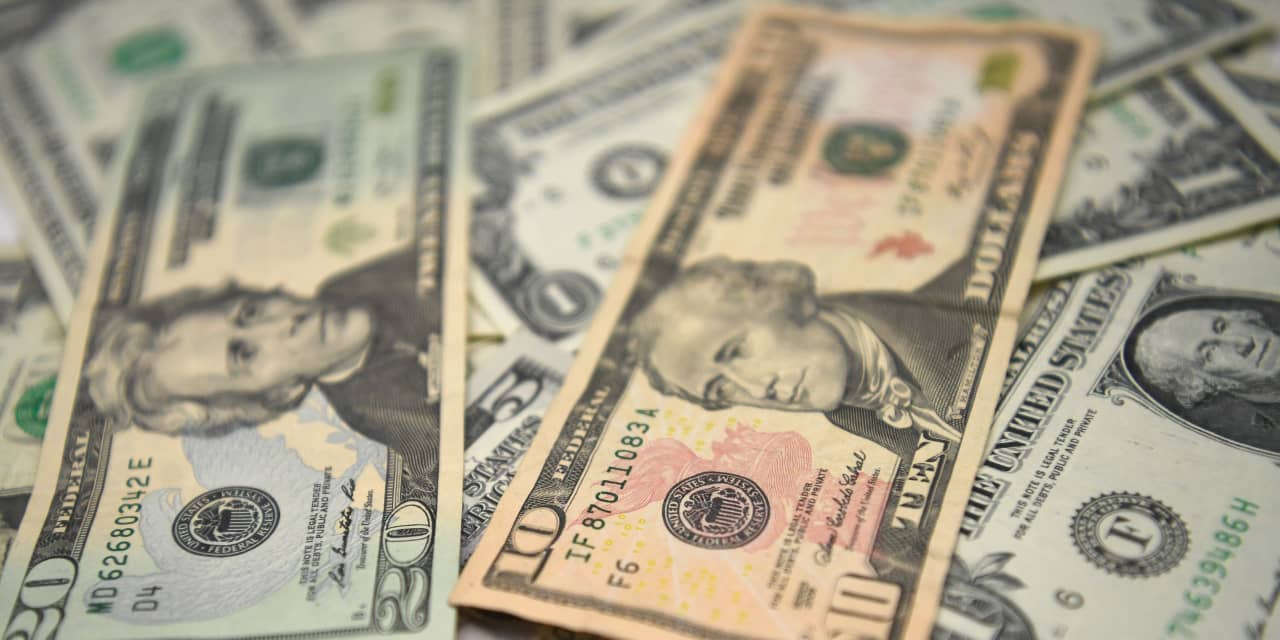Investors sitting on cash risk missing gains in stocks and bonds historically seen when the Federal Reserve is on pause in the months between its last interest-rate hike and first rate cut, according to BlackRock.
While investors may be waiting for more clarity on when the Fed may start cutting rates, returns from stocks and bonds have been higher on average during its “pause period” than in periods of easing immediately after its first cut, a chart in BlackRock’s iShares 2024 outlook note shows.
BLACKROCK’S ISHARES 2024 OUTLOOK NOTE
Based on the previous five hiking cycles since 1990, “the Fed paused an average of 10 months between its last hike and its first cut,” according to BlackRock.
“We are likely at the end of the Fed’s hiking cycle, but don’t anticipate rate cuts until the second half of 2024,” Gargi Pal Chaudhuri, BlackRock’s head of iShares investment strategy, said in the note. “While conventional wisdom suggests that a rate cut boosts market performance, historical data shows investors could actually be rewarded the most in a pause period, before easing begins.”
Tremendous dry powder on the sidelines reflects a lack of “real urgency” to capture the potential upside in stocks and bonds at this late stage of the Fed’s rate-hiking cycle, Kristy Akullian, a senior iShares investment strategist at BlackRock, told MarketWatch by phone on Tuesday.
Investors have stockpiled cash amid “macro uncertainty,” driving money-market fund assets to $8.3 trillion globally, according to the BlackRock note. This year global investors added a record $1.1 trillion to their cash holdings, “the highest allocation since the pandemic,” the note says.
BlackRock Investment Institute head Jean Boivin said Tuesday during a media briefing on its 2024 outlook at the firm’s New York headquarters that investors face “big calls” about the macroeconomic environment next year amid questions around higher rates and growth.
“Our base case is no longer for a recession,” Akullian said by phone. Meanwhile, the market is pricing in rate cuts by the Fed that to BlackRock appears “too much” and “too fast,” she said.
Traders in the federal-funds-futures market expect potential rate cuts could come as soon as March, according to the CME FedWatch Tool on Tuesday.
Within equities, BlackRock recommends holding “quality” companies with strong balance sheets and stable profitability. Investors may consider a “slice of quality” in their core equity holdings, Akullian told MarketWatch, pointing to the iShares MSCI USA Quality Factor ETF
QUAL
as one way to gain such exposure.
With 2024 potentially being a choppy environment for markets, she also said that “buffered” exchange-traded funds may provide guardrails in an equity portfolio as they limit some of the upside potential for returns while providing downside protection. The iShares Large Cap Moderate Buffer ETF
IVVM
is an example of such a strategy, the BlackRock note shows.
As for fixed-income strategies next year, Akullian sees intermediate durations as the “sweet spot” for portfolios. The iShares 3-7 Year Treasury Bond ETF
IEI
is one such possibility, she said, recommending that it may be paired with “a core plus strategy” pursued by the actively managed BlackRock Flexible Income ETF
BINC.
The U.S. stock market closed mostly lower Tuesday as investors weighed fresh economic data showing job openings in the U.S. fell in October. The Dow Jones Industrial Average
DJIA
shed 0.2%, while the S&P 500
SPX
slipped 0.1% and the Nasdaq Composite
COMP
gained 0.3%.
Meanwhile, the iShares Core U.S. Aggregate Bond ETF
AGG
was up around 0.7% on Tuesday afternoon as Treasury yields fell, FactSet data show, at last check.
The yield on the 10-year Treasury note
BX:TMUBMUSD10Y
fell 11.5 basis points to 4.171% on Tuesday, the lowest rate since Aug. 31 based on 3 p.m. Eastern Time levels, according to Dow Jones Market Data. Bond yields and prices move in opposite directions.
Related: Favoring 5% savings accounts and CDs over stocks now? Think again.
Read the full article here










